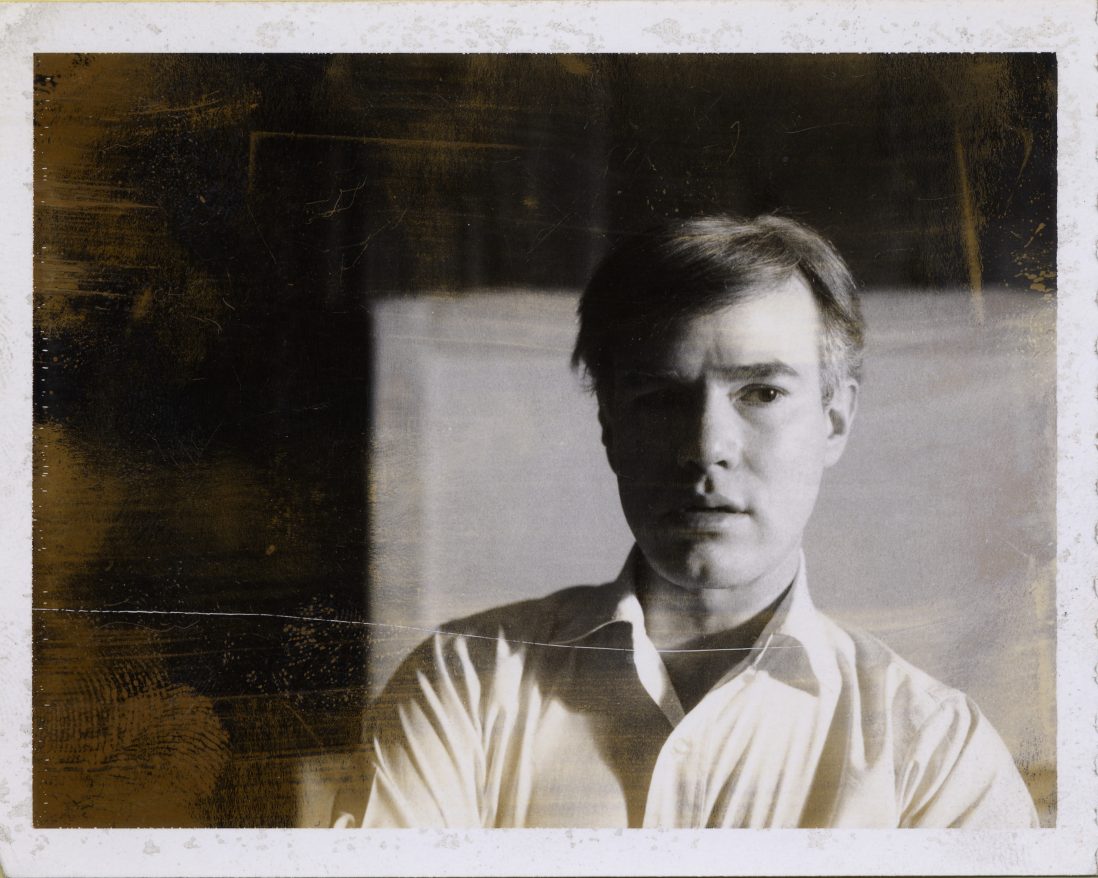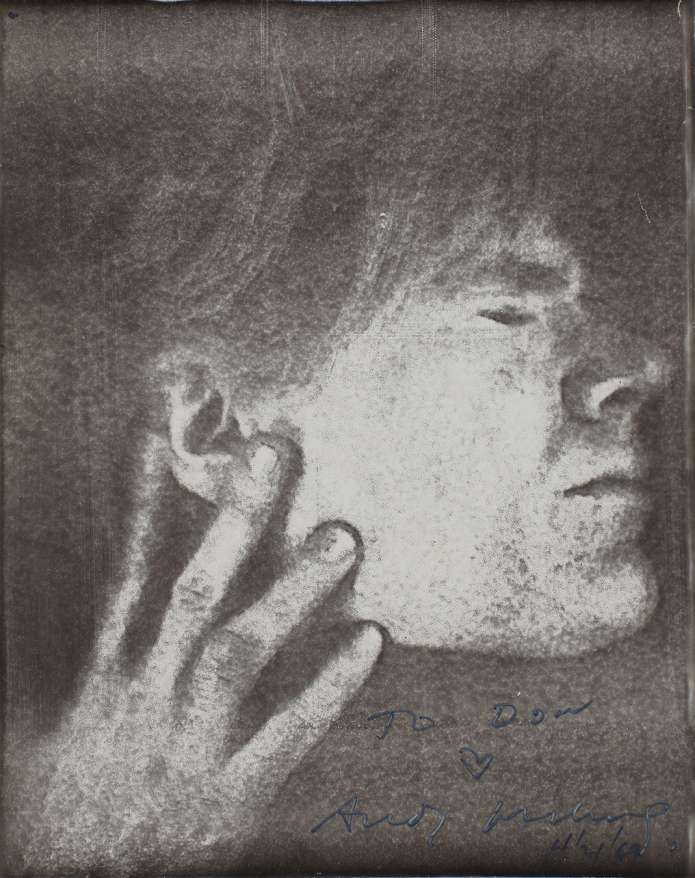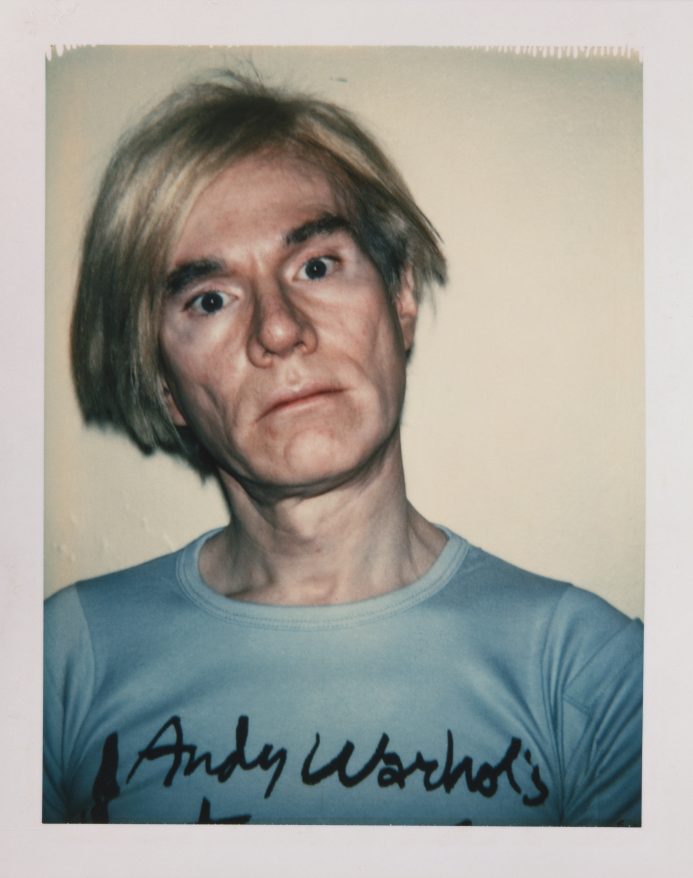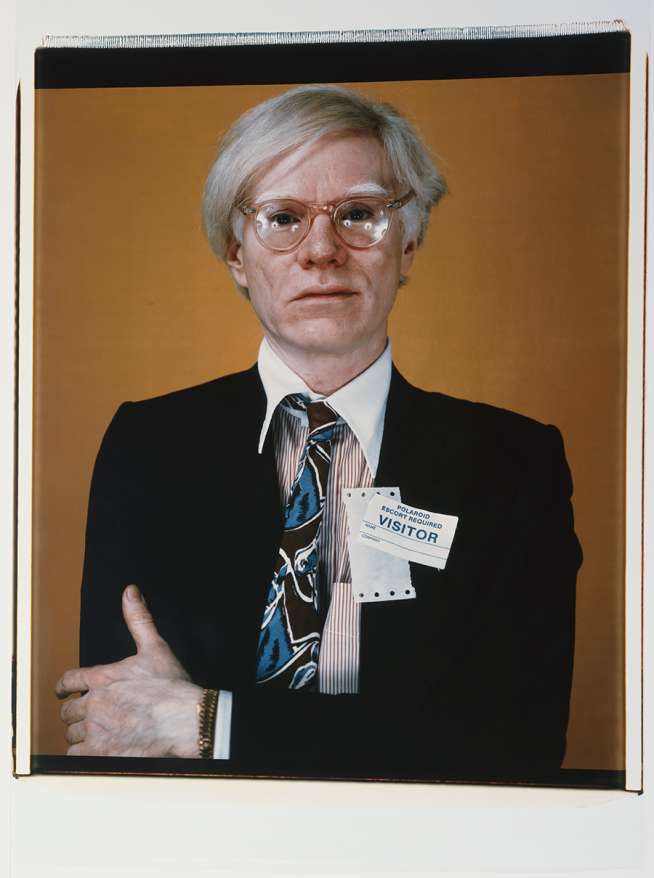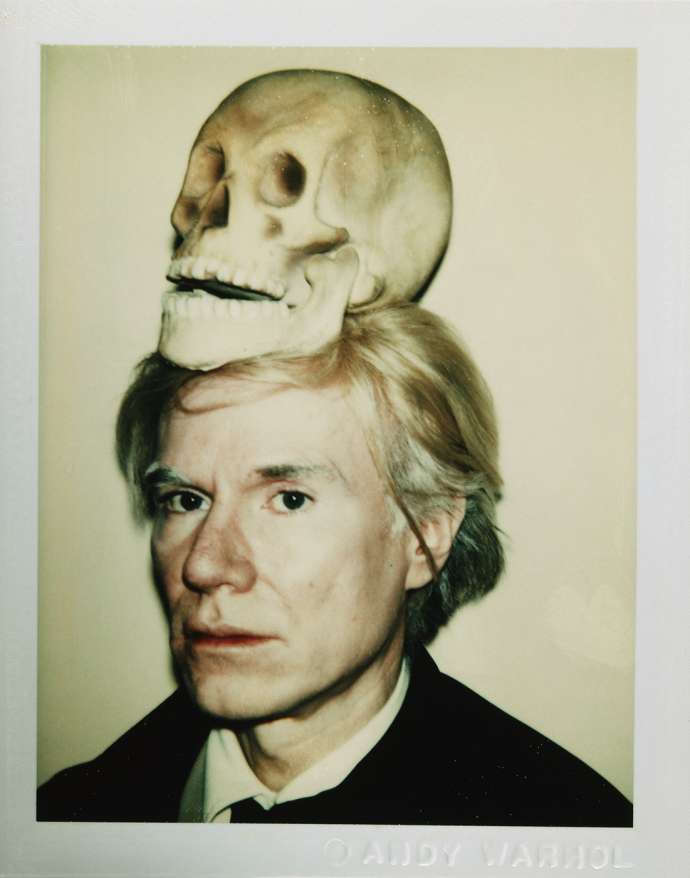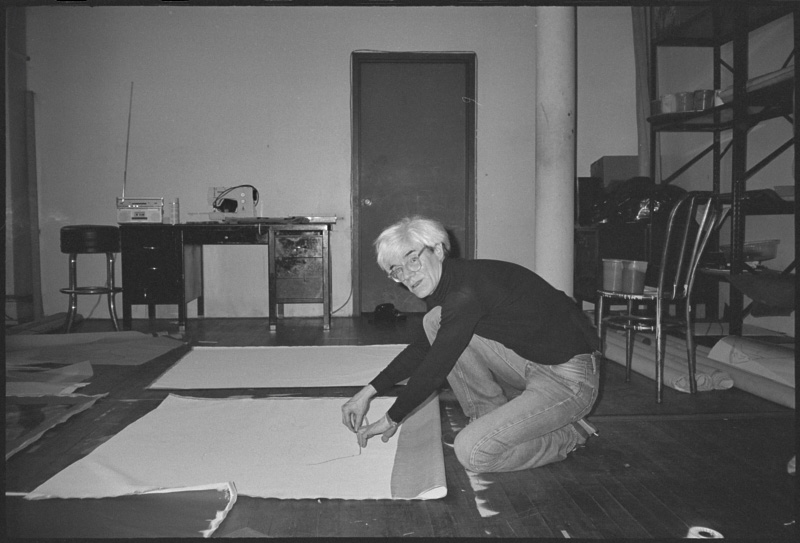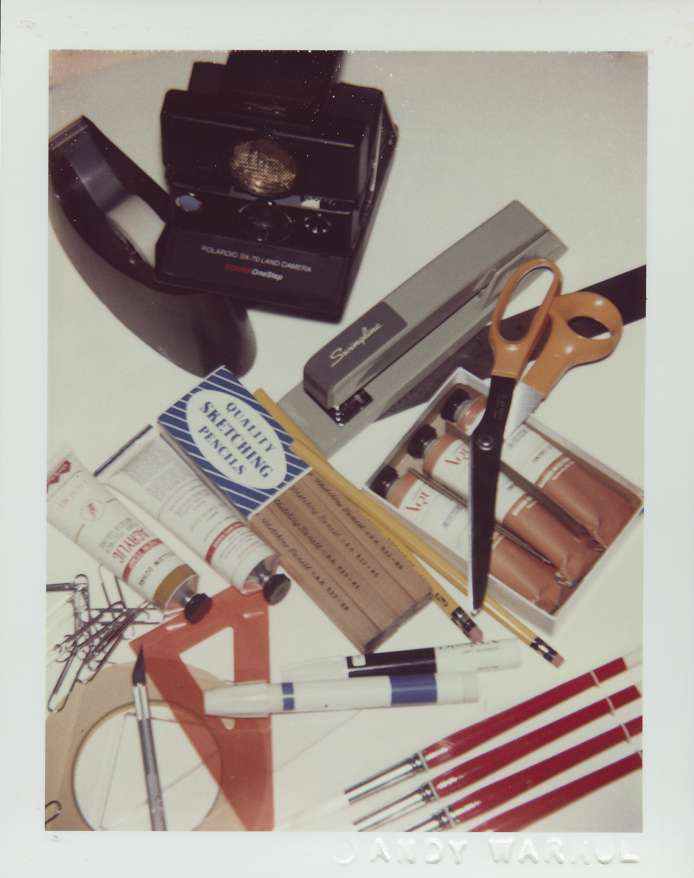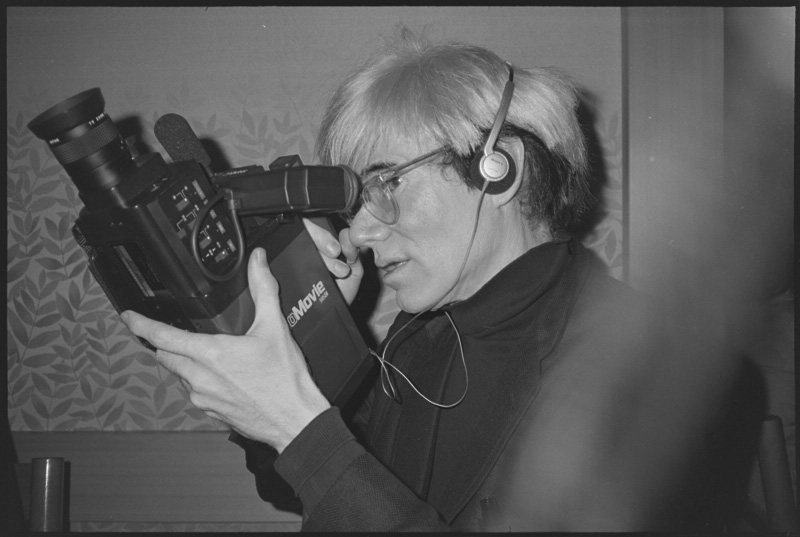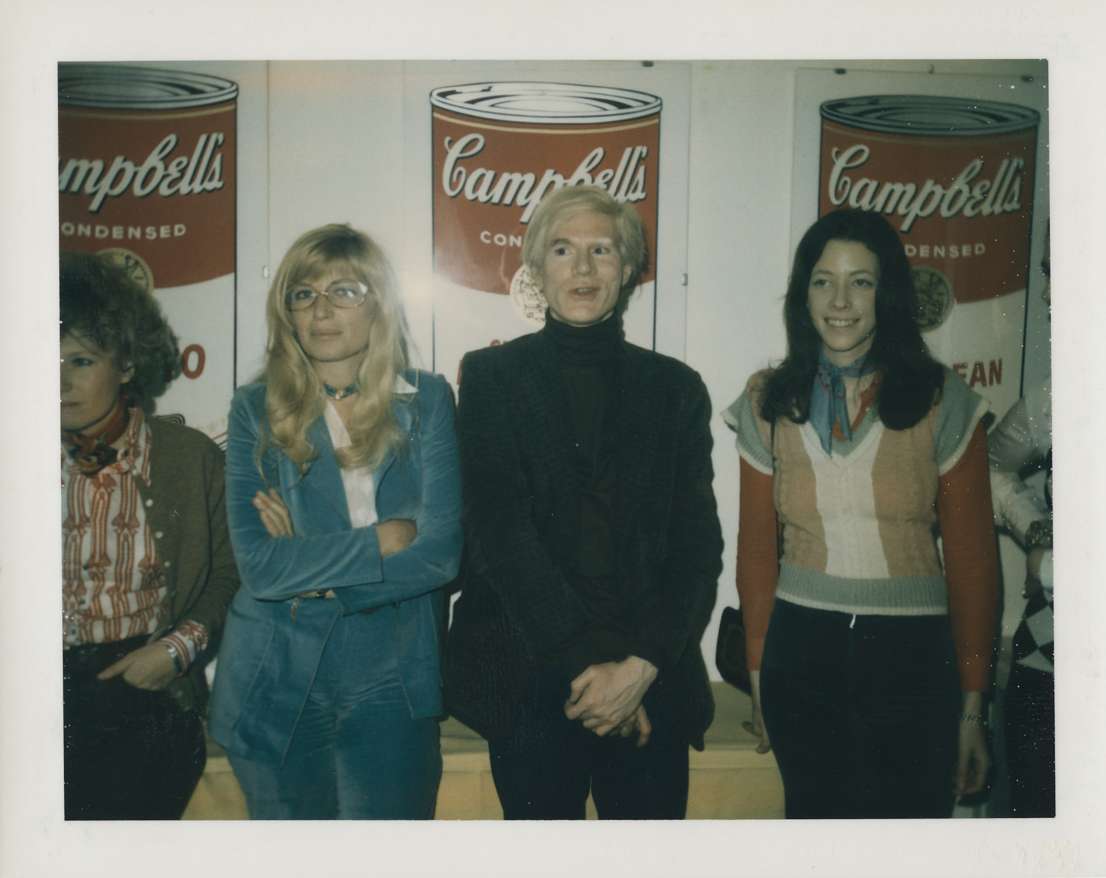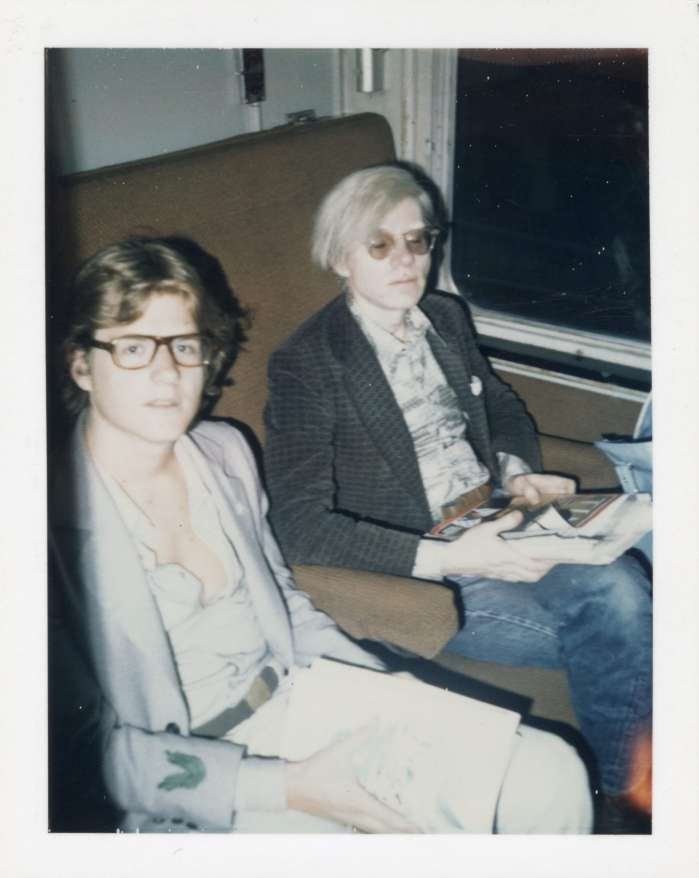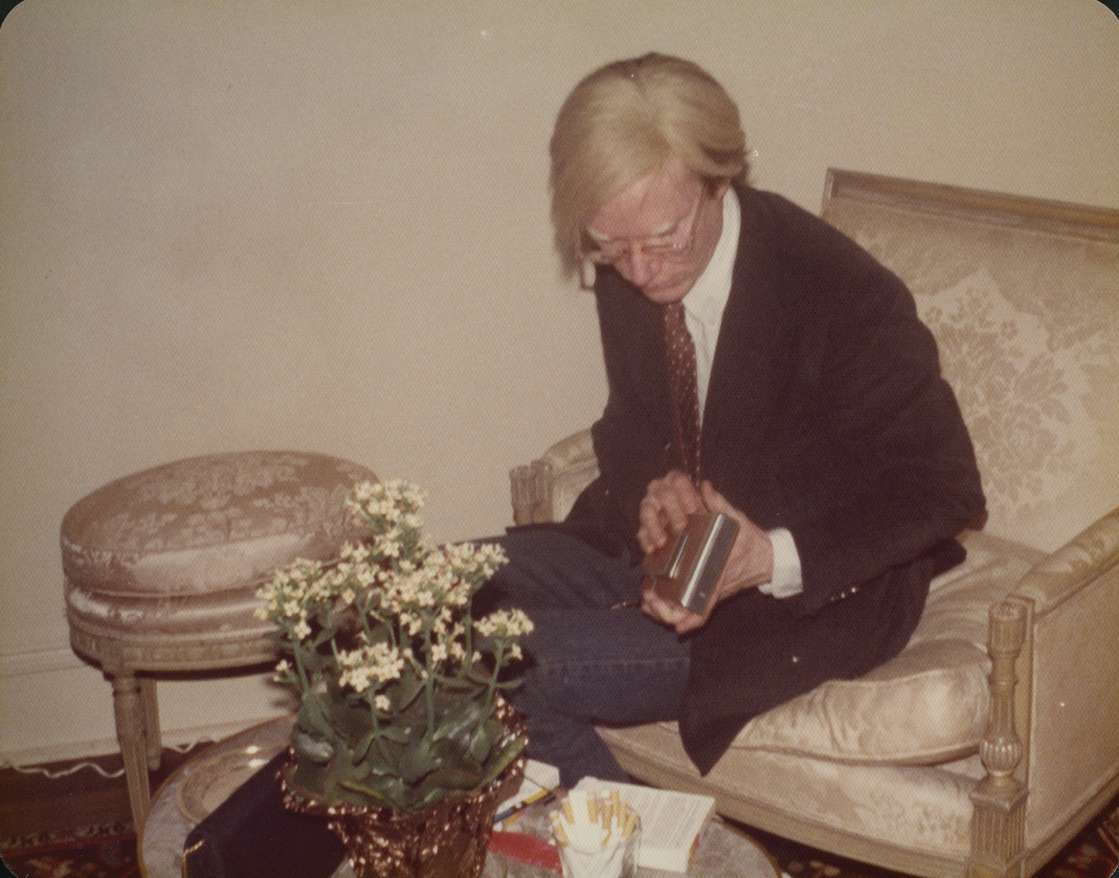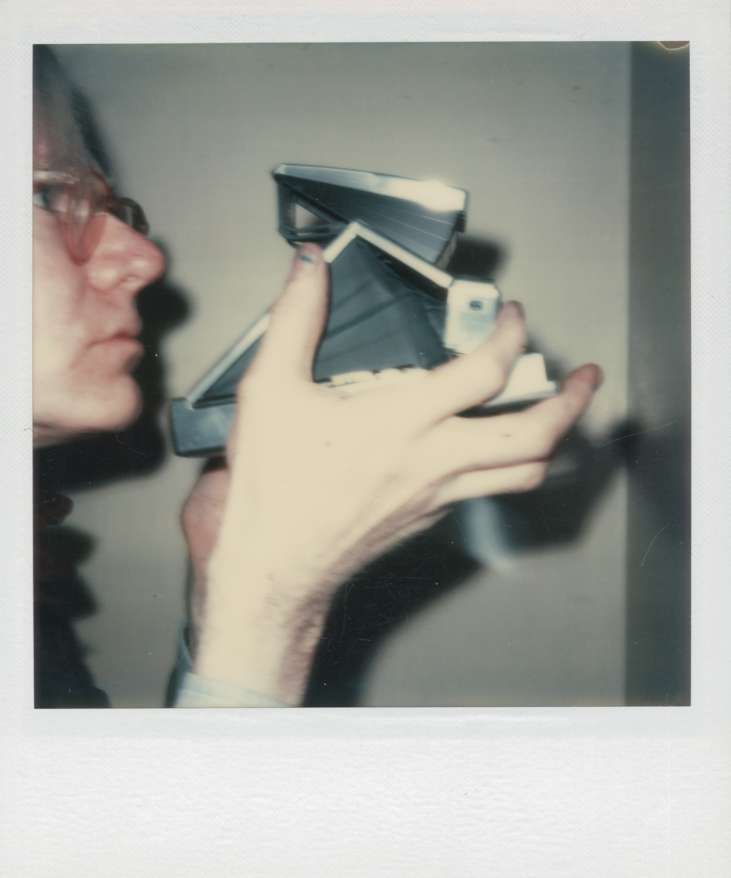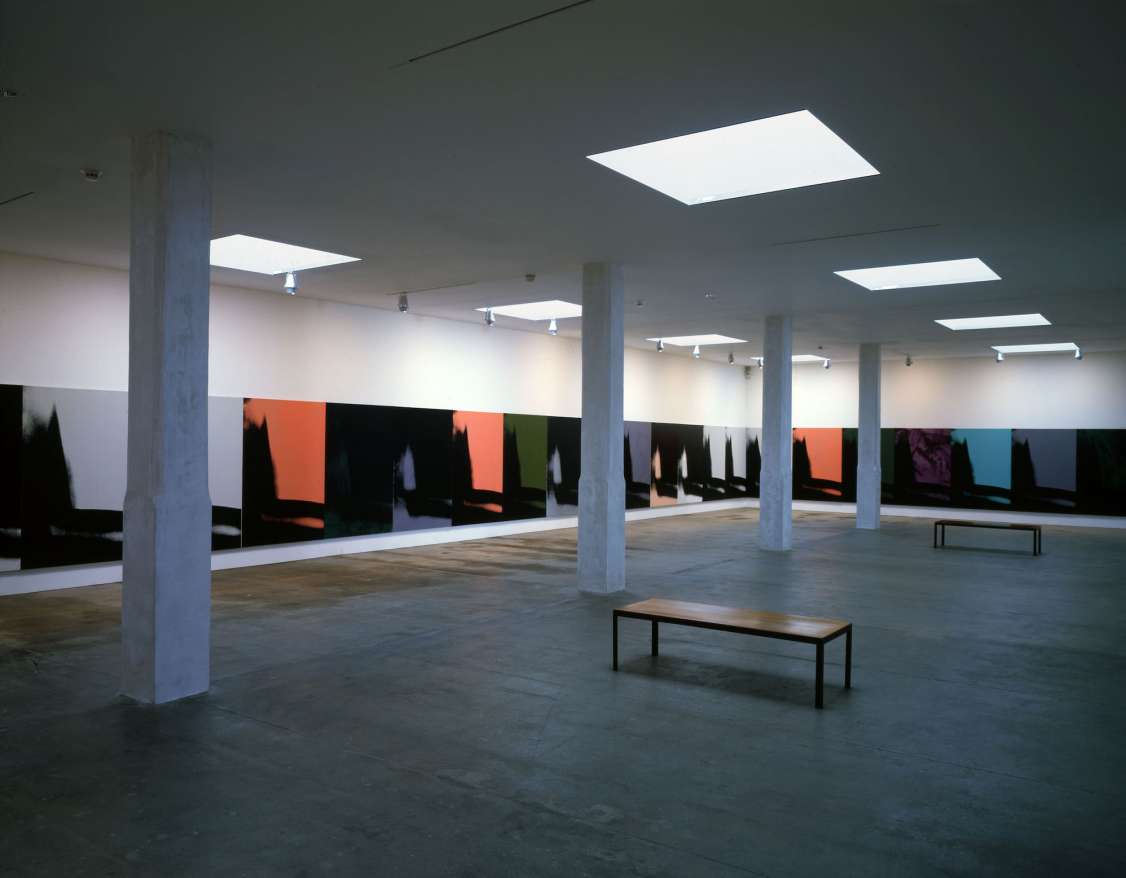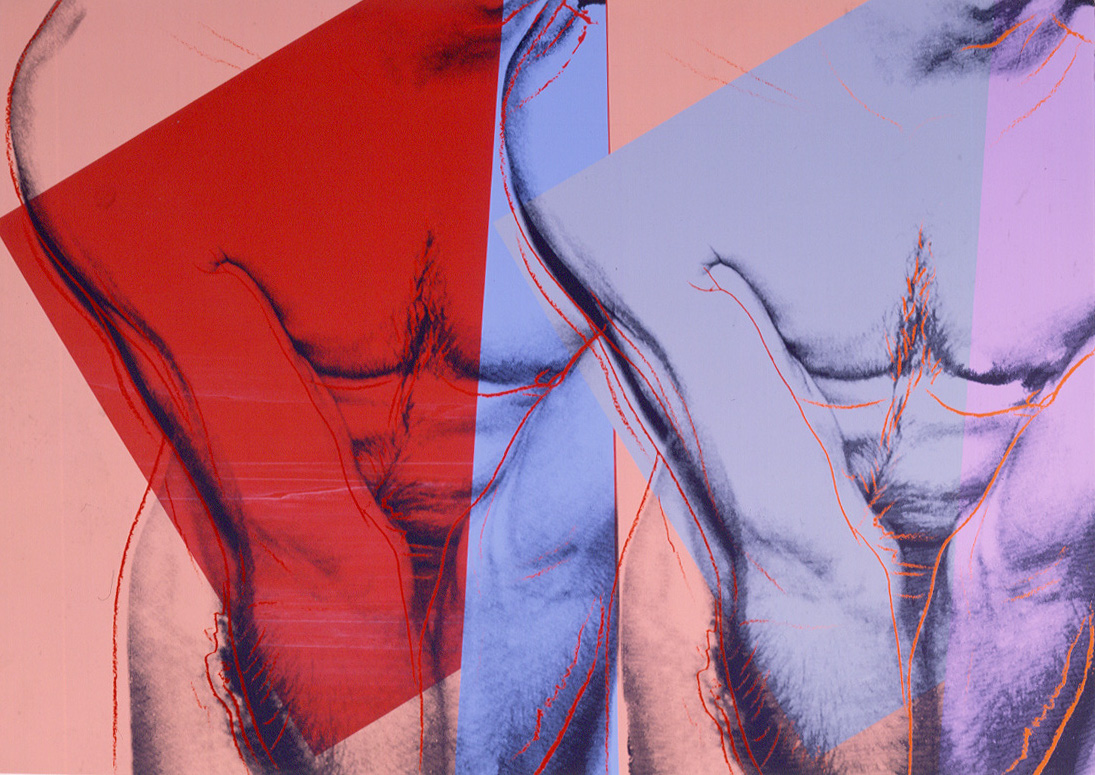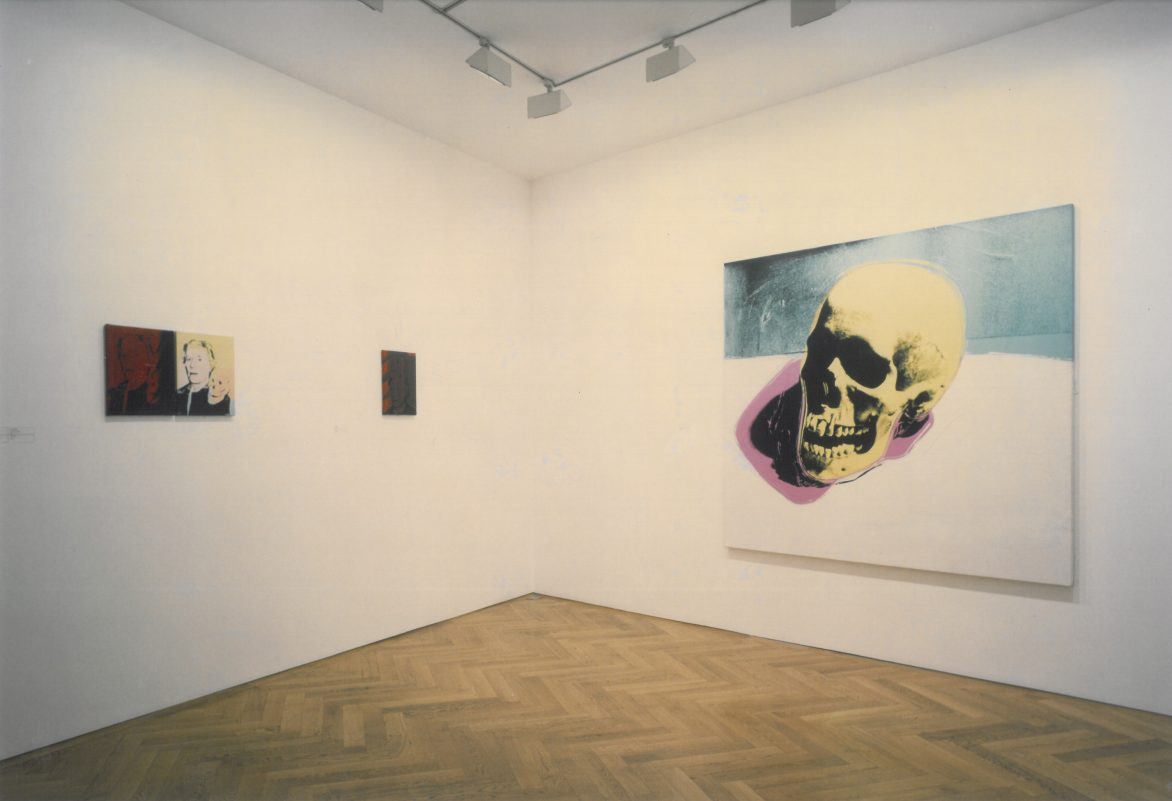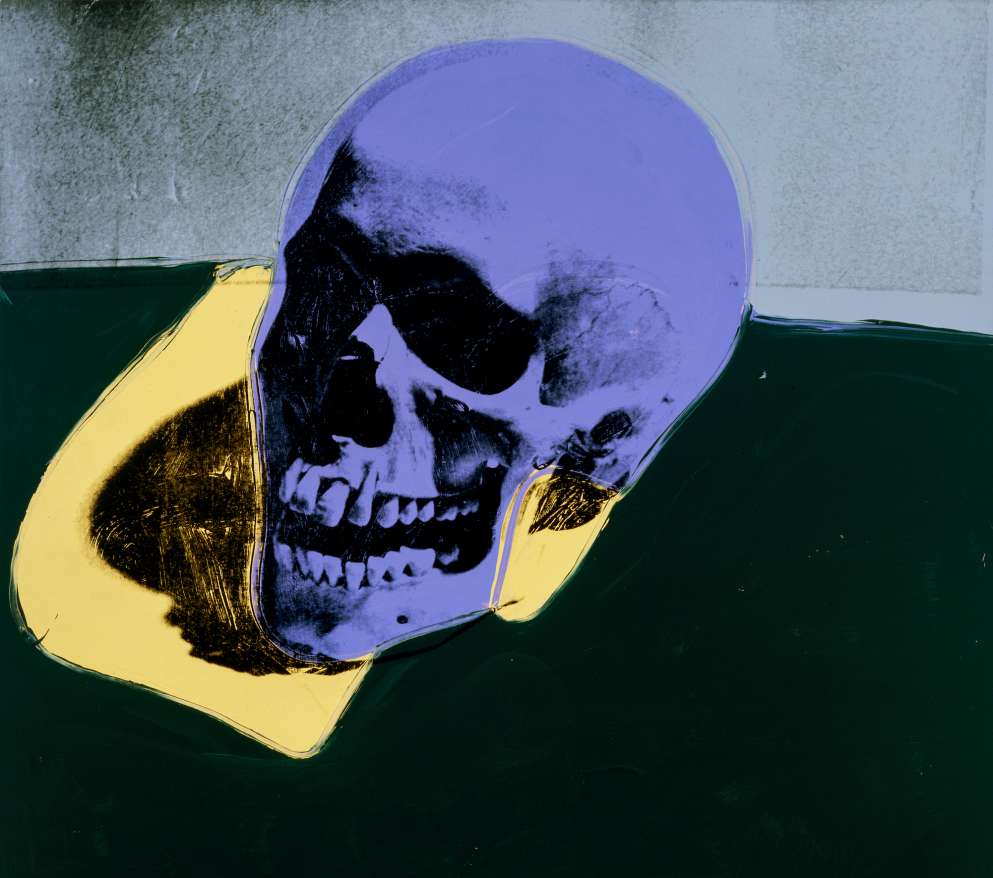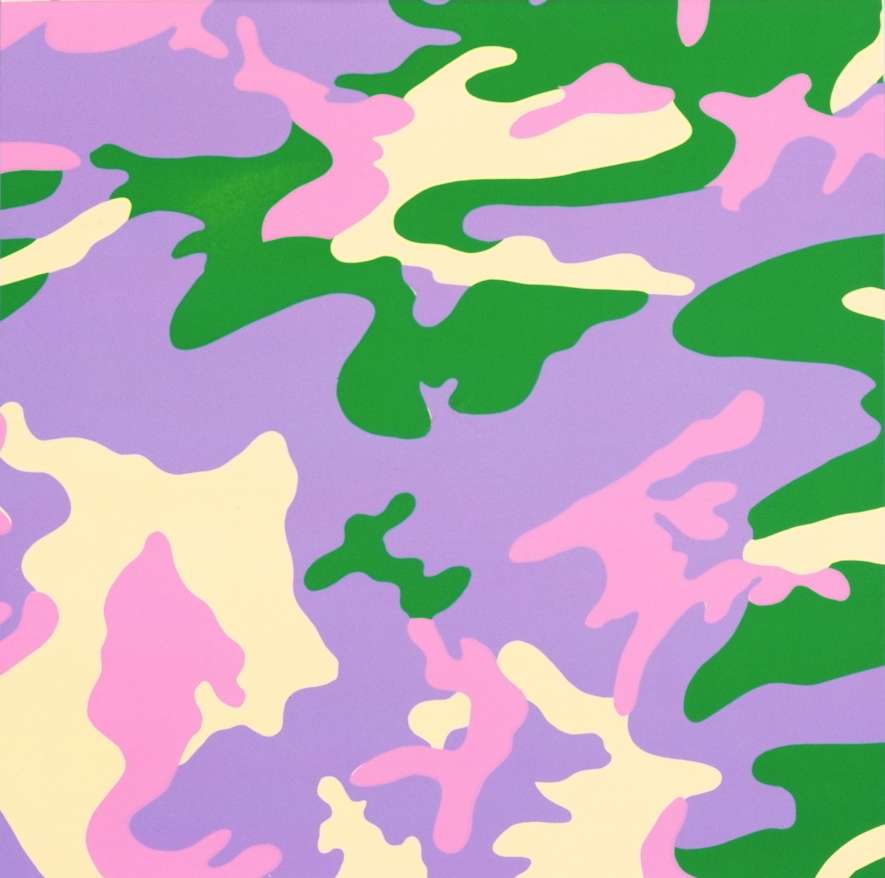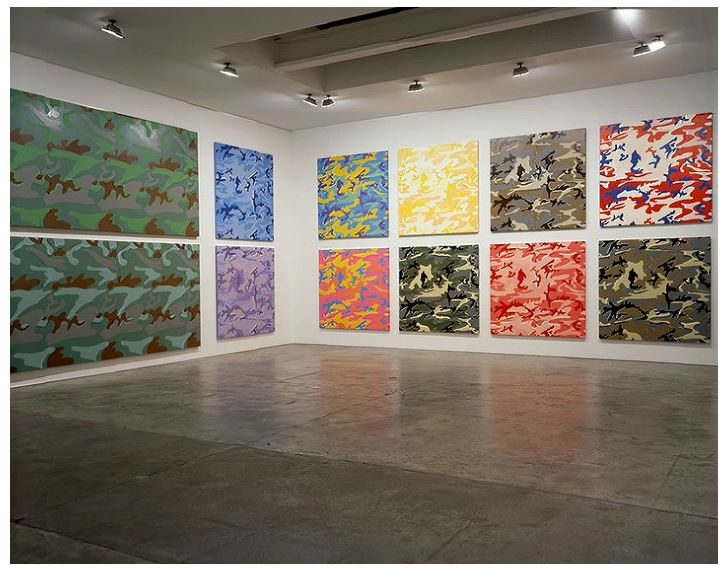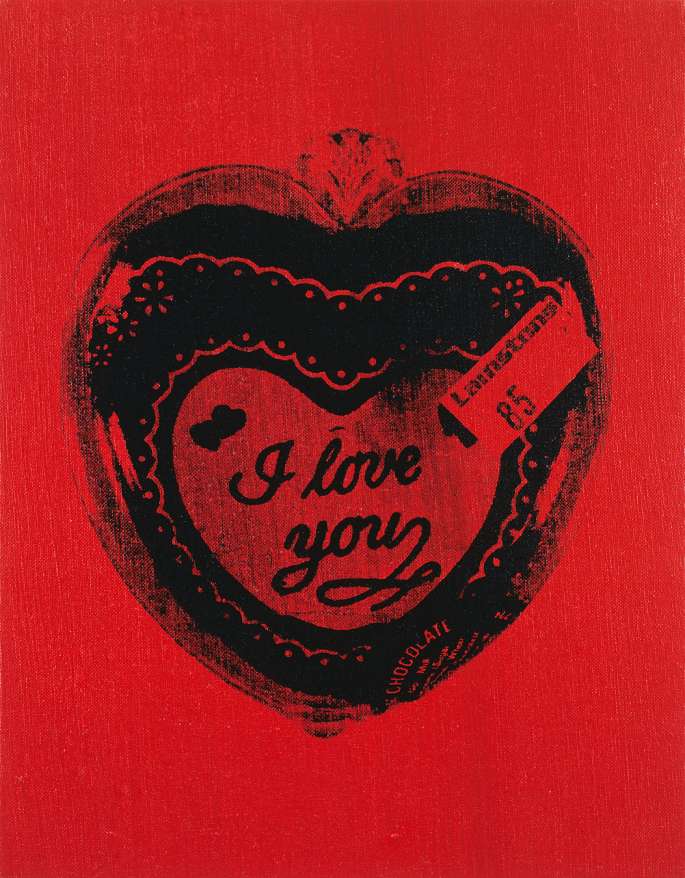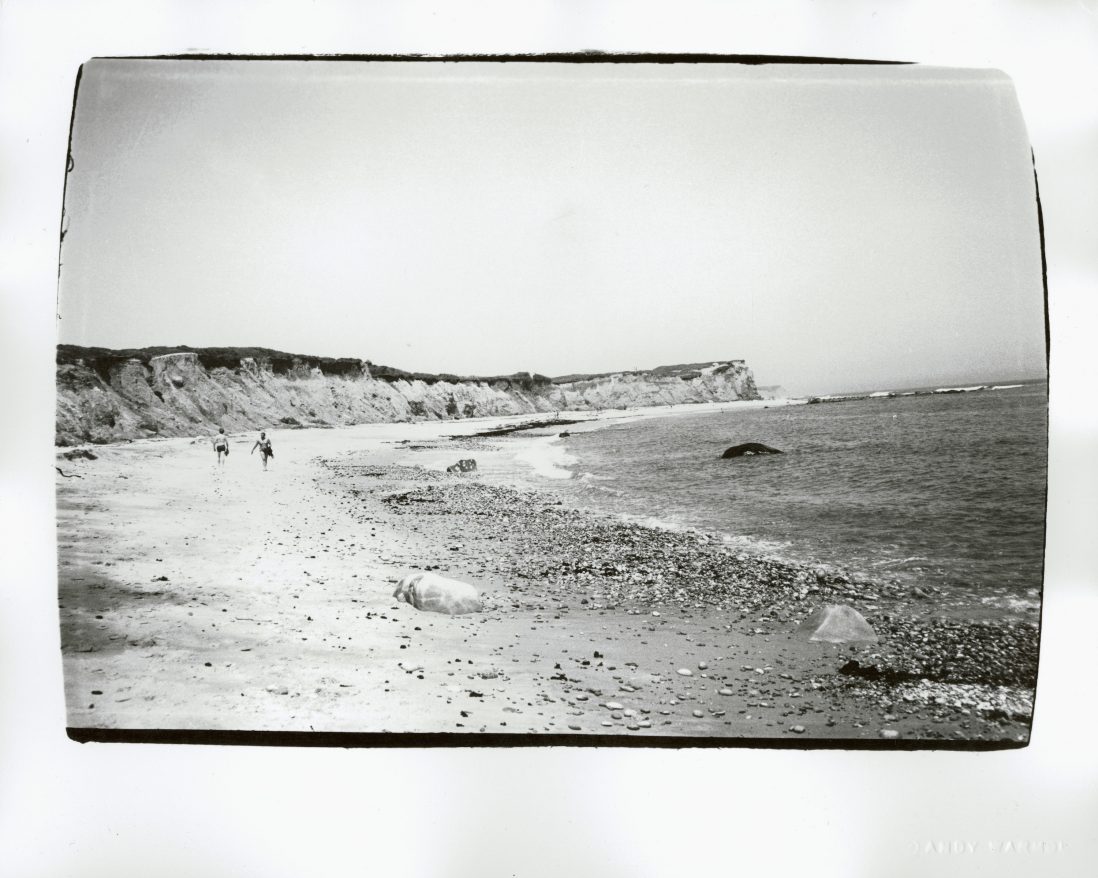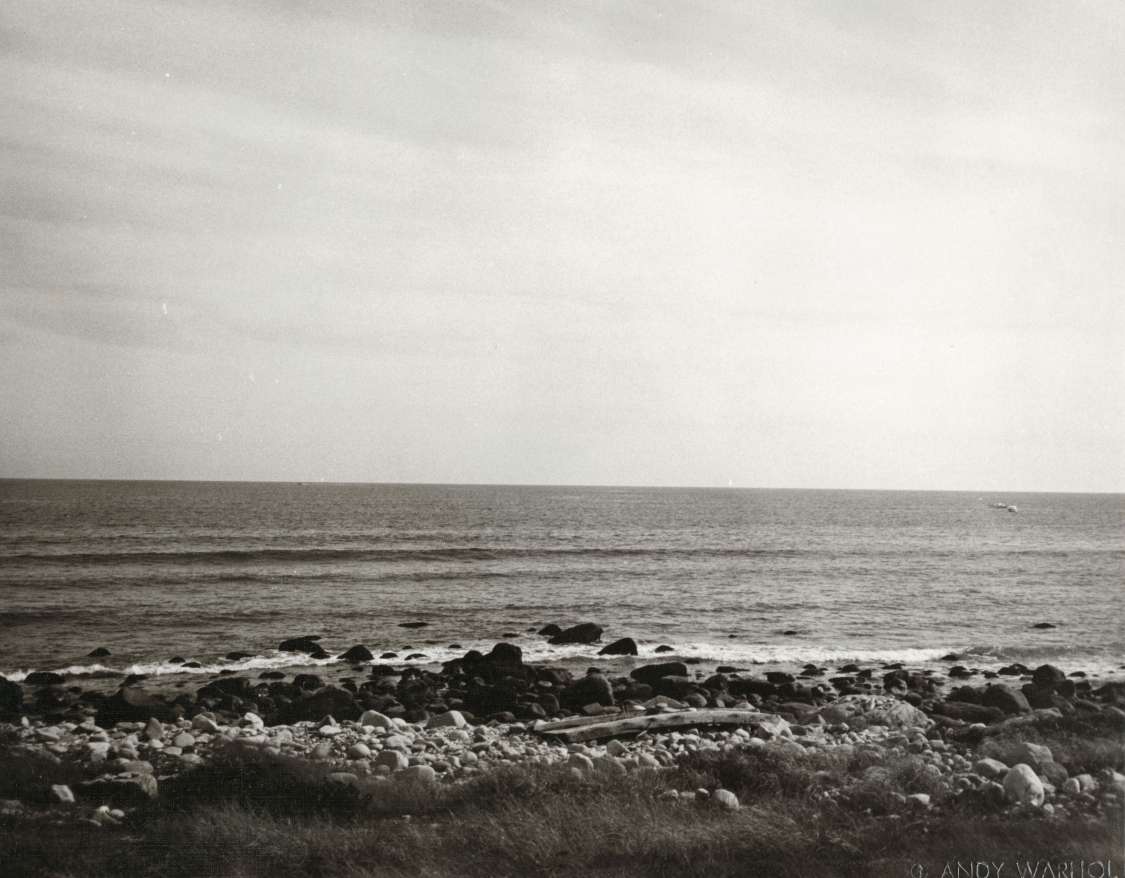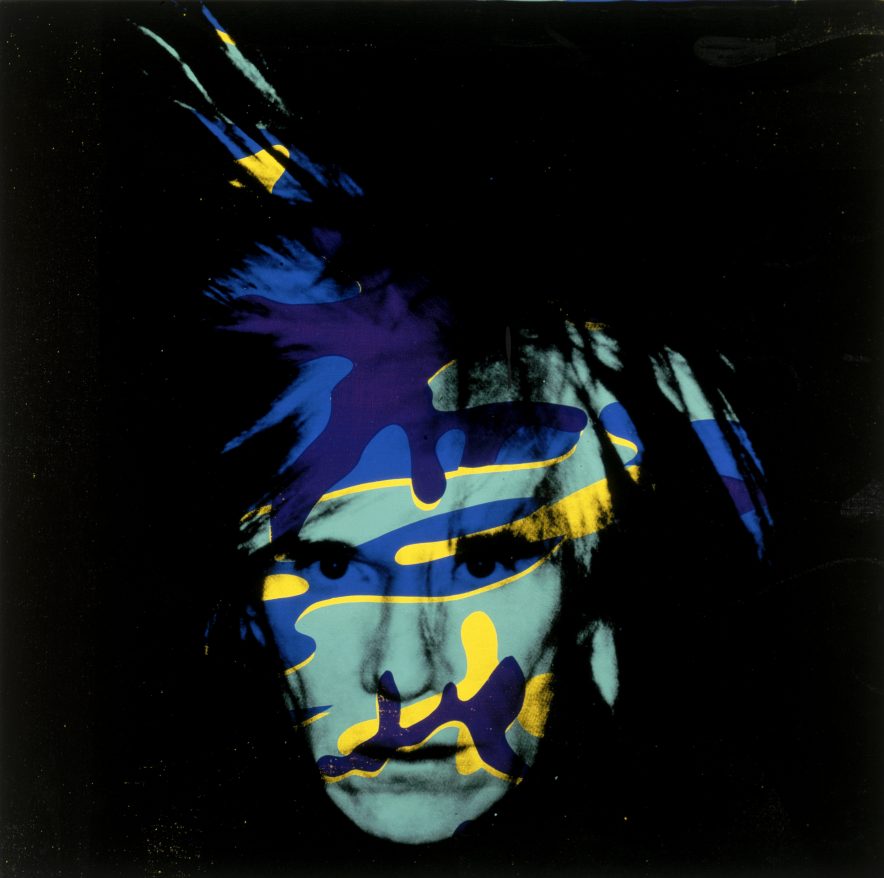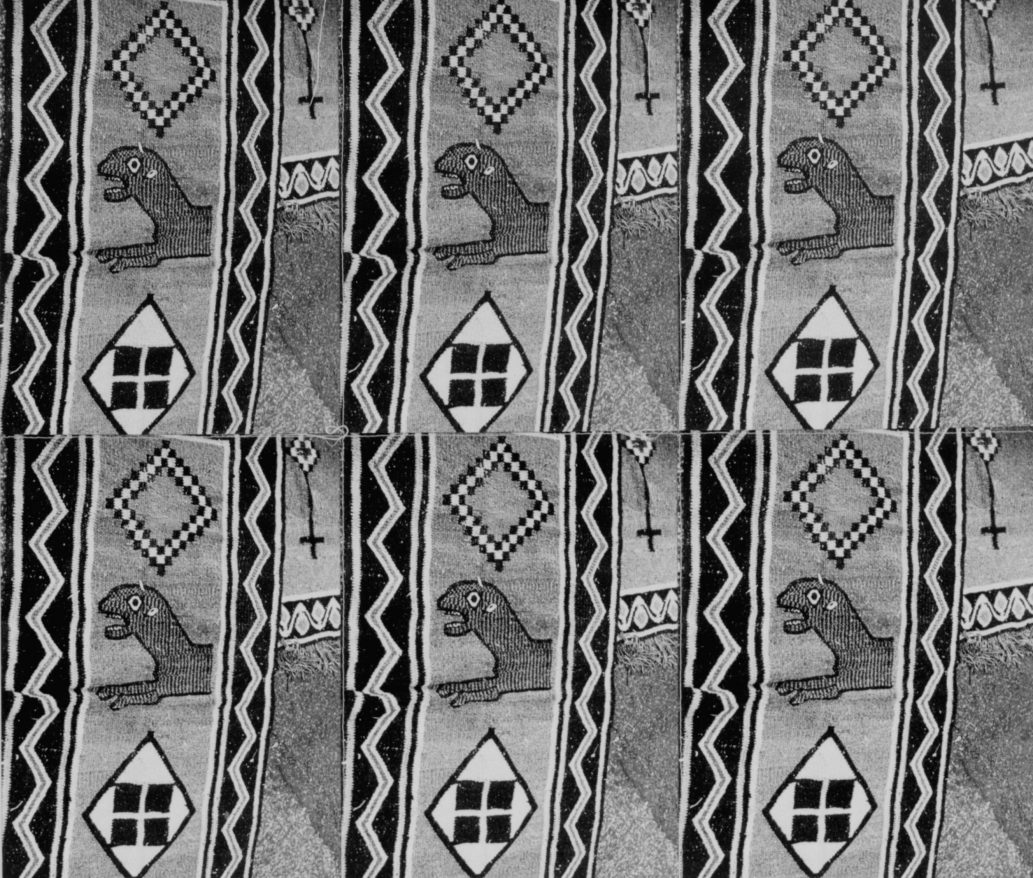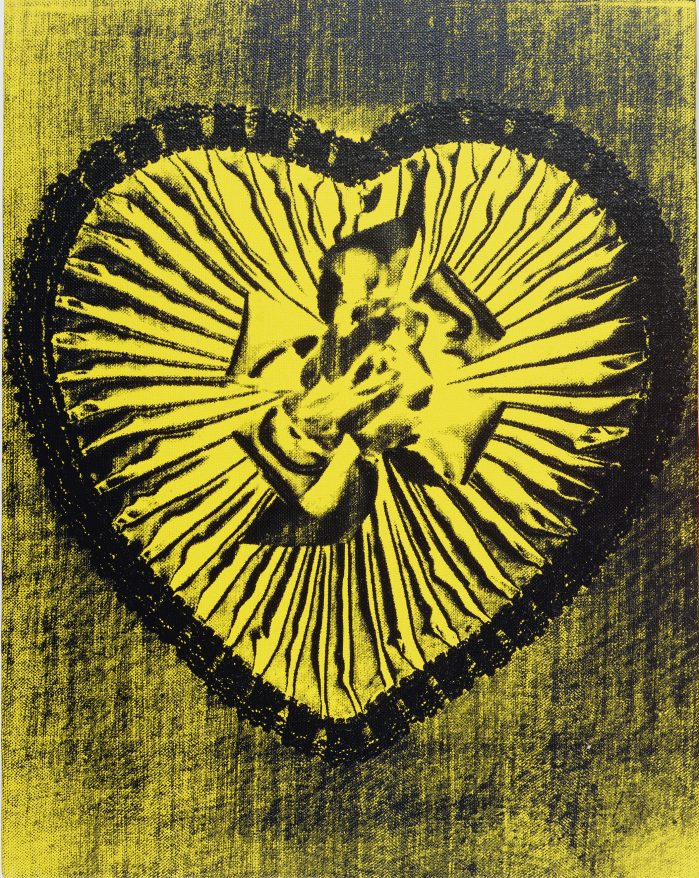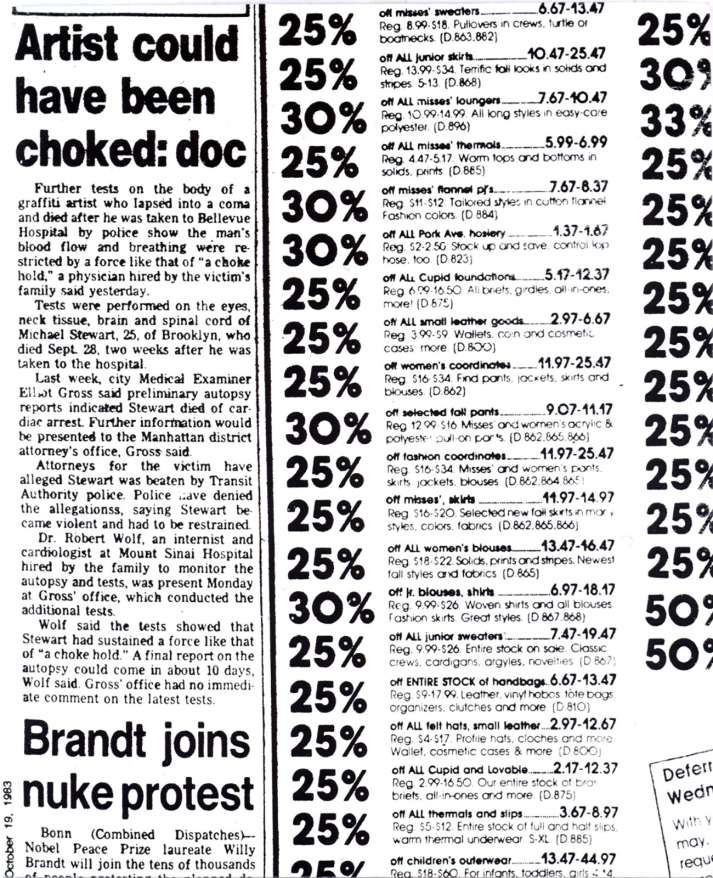As the owner of copyrights to artwork created by Warhol and trademarks for his name and signature, the Foundation has been able to broadly communicate his legacy as a creative disruptor and cultural icon, using the tools of the mass media much in the way the artist did. Creative and thoughtful merchandising and advertising collaborations with Perrier, Absolut Vodka, Dior, and Burger King, to name a few, have recontextualized for a new audience Warhol’s open-minded embrace of art and commerce, elitist and populist image making, while also paying homage to his sophisticated propagation of himself as a brand. In the spirit of Warhol’s democratic values, meanwhile, the Foundation has ensured that his images have been readily accessible for non-commercial use by scholars, curators, and artists.
The fees generated from these innovative licensing initiatives, as well as from the carefully curated sales of artworks, contribute to an endowment that funds all of the Foundation’s operations and philanthropy, from the catalogue raisonné to its grants. As an artist-endowed organization, the Foundation has never had to fundraise; all of the work it has been able to do extends from its founder’s visionary generosity.
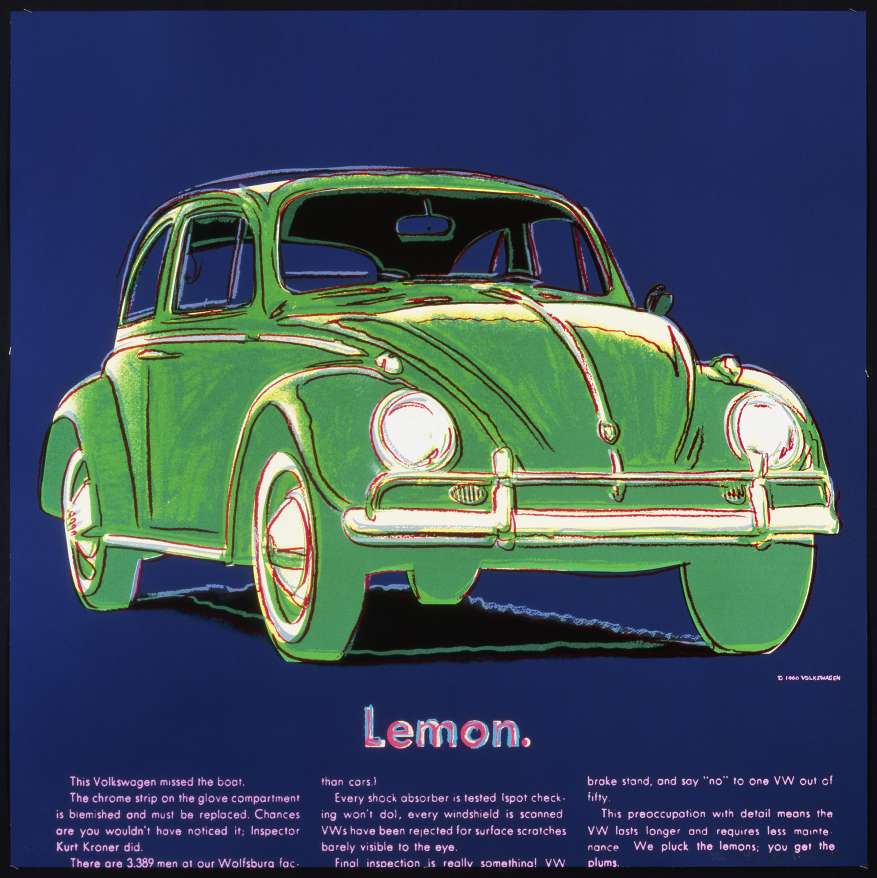
Andy Warhol, Ads: Volkswagen, 1985. Silkscreen print on Lenox Museum Board, 38 x 38 inches.
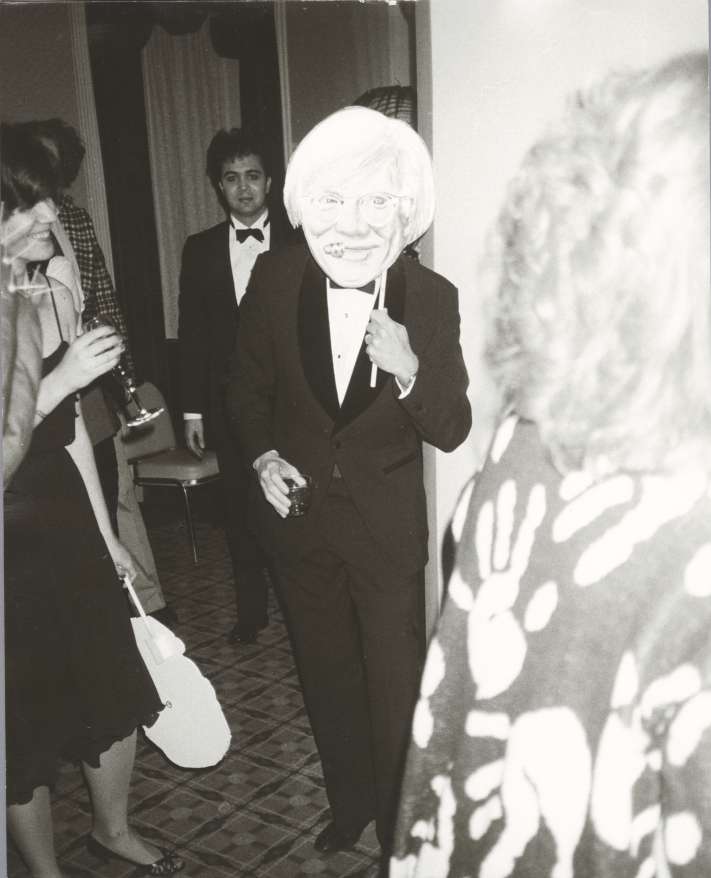
Andy Warhol, Andy Warhol Mask, 1985. Black and white print, 10 x 8 inches.
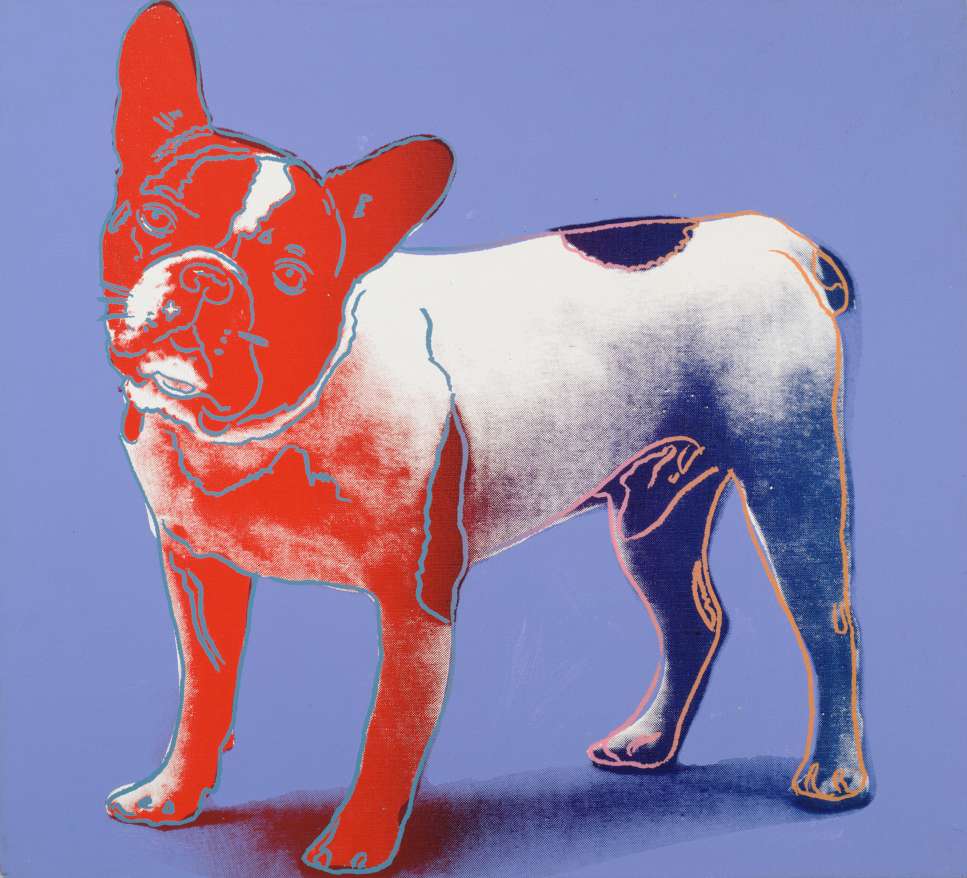
Andy Warhol, Yves Saint Laurent's French Bulldog (Moujik), 1986. Synthetic polymer paint and silkscreen ink on canvas, 20 x 22 inches.
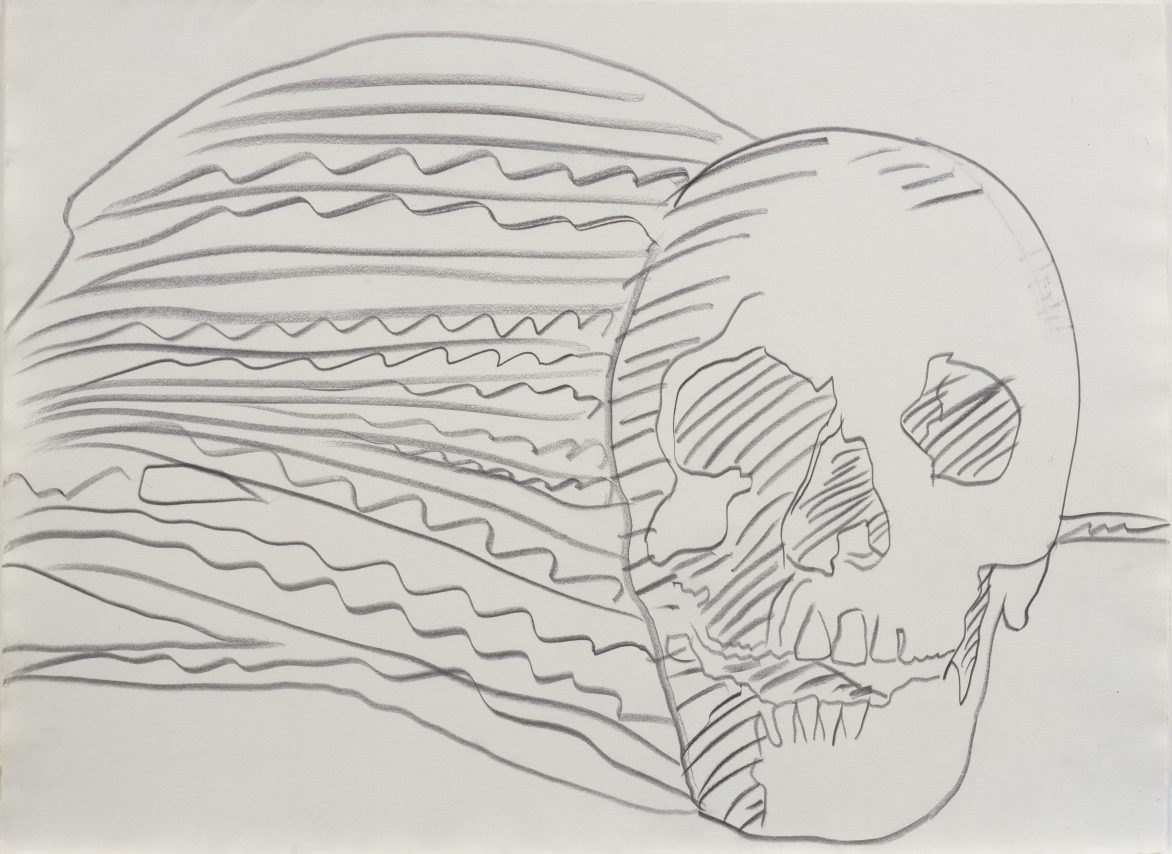
Andy Warhol, Skull, 1976. Graphite on J Green paper, 20 1/2 x 27 7/8 inches.
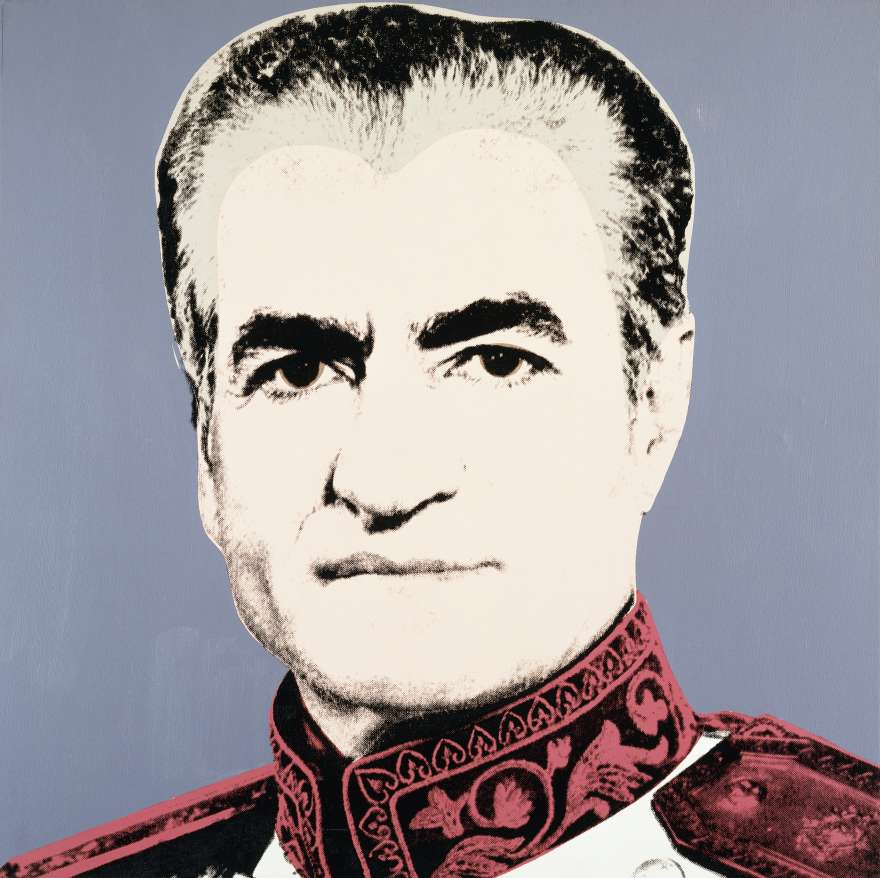
Andy Warhol, Shah of Iran, 1978. Synthetic polymer paint and silkscreen ink on canvas, 40 x 40 inches.
